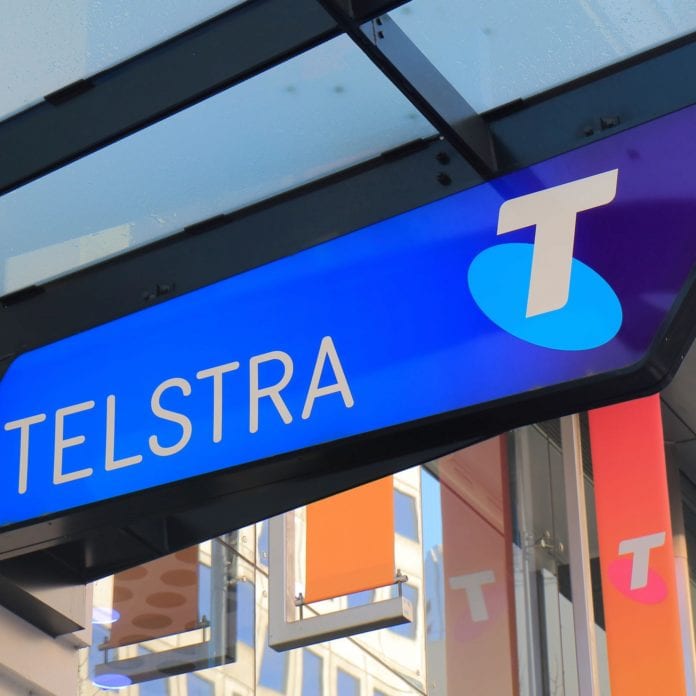Australian operator Telstra has announced plans to allow customers early trial access to millimeter wave 5G spectrum with the launch of a mmWave 5G-enabled device by mid-year, the telco said in a release.
Telstra CEO Andrew Penn said internal testing of the technology had begun and work was underway to roll out trial mobile sites in selected areas ahead of an expected auction of mmWave spectrum in 2021.
“mmWave will supercharge 5G. Its higher capacity and the potential to deliver even faster speeds as well as lower latency will help power the next generation of devices and innovations,” Penn said.
Telstra customers’ early access to the next-generation 5G technology will be in selected areas initially. It will be made possible through ACMA 26 GHz scientific licenses that can be used for trials ahead of the spectrum auction early next year.
The telco said that additional details on the first mmWave locations will be announced in the coming months.
The first Telstra branded 5G-enabled device, the Telstra 5G Wi-Fi Pro, will launch to coincide with the early mmWave rollout, the telco said.
Telstra has previously carried out trials using a mobile station in a commercial network using the 26 GHz band with its partners Ericsson and Qualcomm Technologies.
Emilio Romeo, head of Ericsson Australia and New Zealand, said: “With 5G live demonstrations on the 26GHz band now underway, this is a significant step in showcasing how mmWave can be scaled and integrated into a commercial mobile network.
Telstra’s 5G network already provides coverage to selected areas in 32 major and regional cities and remains on track to deliver 5G into 35 cities by mid-year. The telco is currently using its spectrum in the 3.6 GHz band to provide 5G technology across Australia.
Optus launches 5G dual-band network with Ericsson
In related news, rival operator Optus said it has launched what it claims to be the world’s first 2300 MHz and 3500 MHz spectrum 5G dual-band production network partnering with Ericsson and Samsung.
The dual band network was launched in Sydney, with Melbourne to follow in the coming weeks, and tested on the new Samsung Galaxy S20 5G devices.
Optus has access to both 2300 MHz and 3500 MHz spectrum in Australian capital cities.
“As we push ahead with the roll out of our 5G network we are also continuing to test and implement new ways of enhancing our 5G network. Initial findings from our dual band testing have shown that the use of these two spectrum bands delivered increased 5G capacity and coverage which if deployed will ultimately benefit our customers,” said Kent Wu, Optus’ head of network access planning and quality. “Our 5G customers are already enjoying higher average speeds, quicker time to download content and a consistent high definition video experience. The implementation of a dual-band 5G network will enhance these elements to ensure experiences are more reliable, particularly during peak usage times.”
Optus claimed to be the first operator to launch dual band 5G in Australia. The 5G dual band network was developed with Ericsson’s 2300 MHz and 3500 MHz 5G Radio System equipment.
Optus had previously said that it plans to deliver 1,200 5G sites across the ACT, Victoria, New South Wales, Queensland, South Australia and Western Australia by March 2020.

